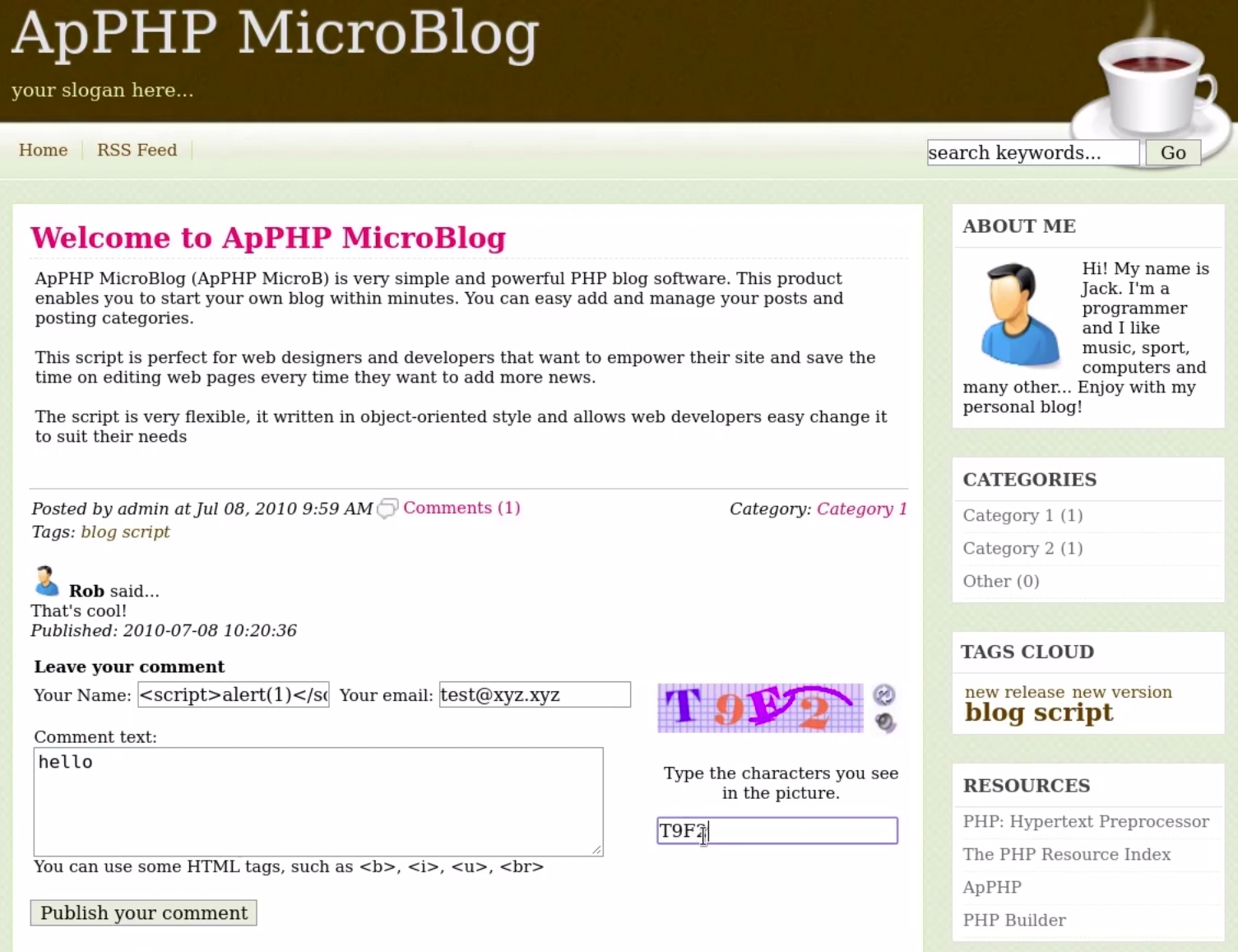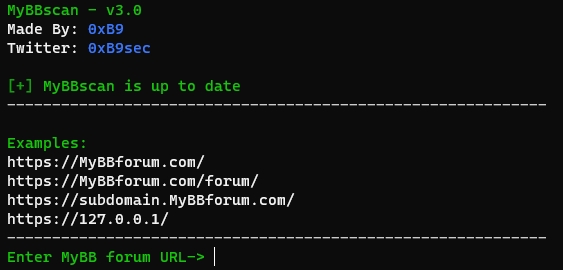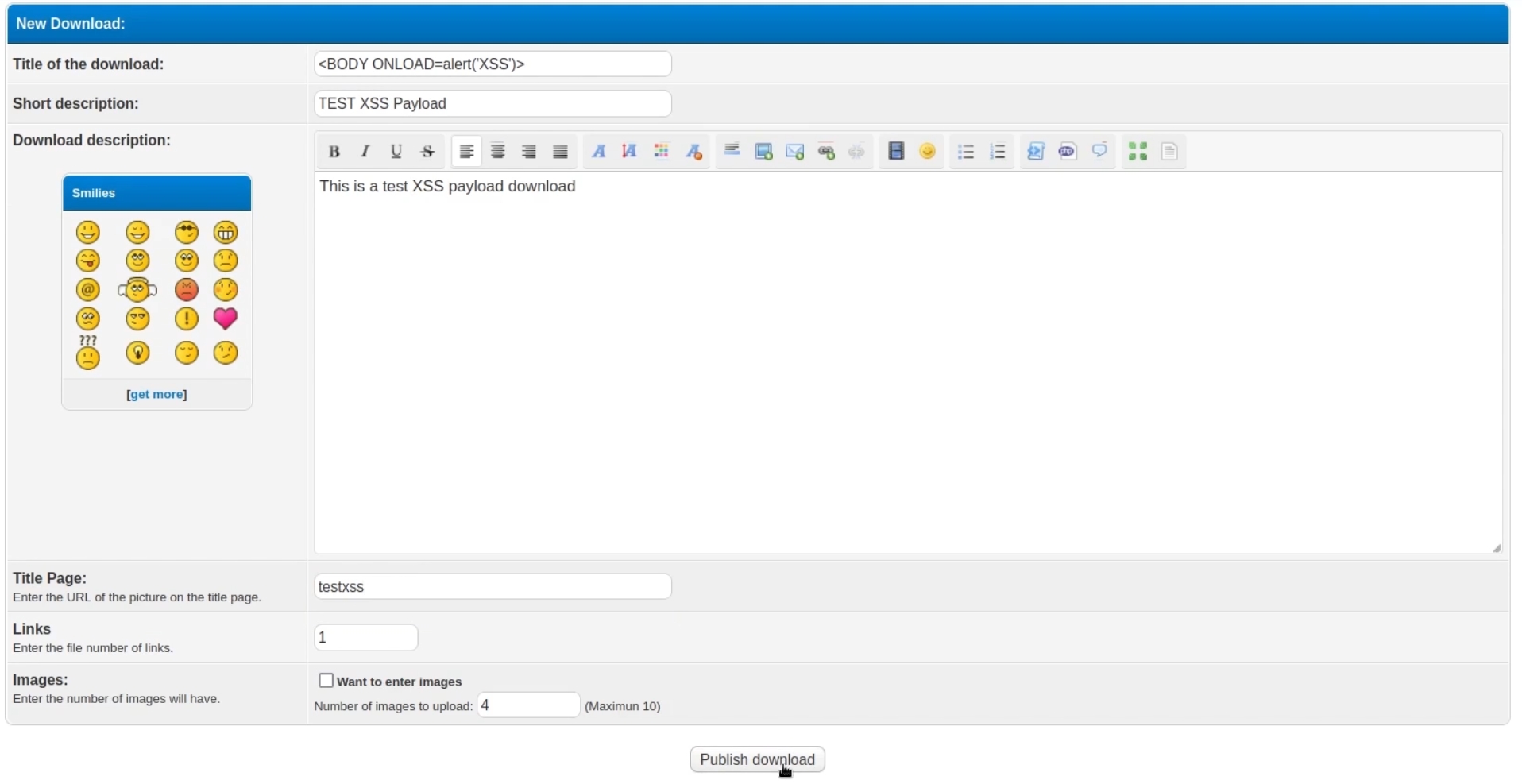4.2.3 Stored XSS
Stored XSS
Stored cross-site scripting (also known as second-order or persistent XSS) arises when an application receives data from an untrusted source and includes that data within its later HTTP responses in an unsafe way.
Suppose a website allows users to submit comments on blog posts, which are displayed to other users. Users submit comments using an HTTP request like the following:
POST /post/comment HTTP/1.1 Host: vulnerable-website.com Content-Length: 100 postId=3&comment=This+post+was+extremely+helpful.&name=Carlos+Montoya&email=carlos%40normal-user.net
After this comment has been submitted, any user who visits the blog post will receive the following within the application's response:
<p>This post was extremely helpful.</p>
Assuming the application doesn't perform any other processing of the data, an attacker can submit a malicious comment like this:
<script>/* Bad stuff here... */</script>
Within the attacker's request, this comment would be URL-encoded as:
comment=%3Cscript%3E%2F*%2BBad%2Bstuff%2Bhere...%2B*%2F%3C%2Fscript%3E
Any user who visits the blog post will now receive the following within the application's response:
<p><script>/* Bad stuff here... */</script></p>
The script supplied by the attacker will then execute in the victim user's browser, in the context of their session with the application.
Lab
Inject a Stored XSS's payload into a Blog's comment field.

Exploit Stored XSS Vulnerability in MyBB Forum
Login into MyBB
Download and execute (
./script.py) python script to enumerate potential MyBB plugin vulnerable

We can exploit it following these steps:
Go to downloads.php page
Create a New Download
Add the following to the title <BODY ONLOAD=alert('XSS')>
Now when the admin goes to validate your download he will be alerted

